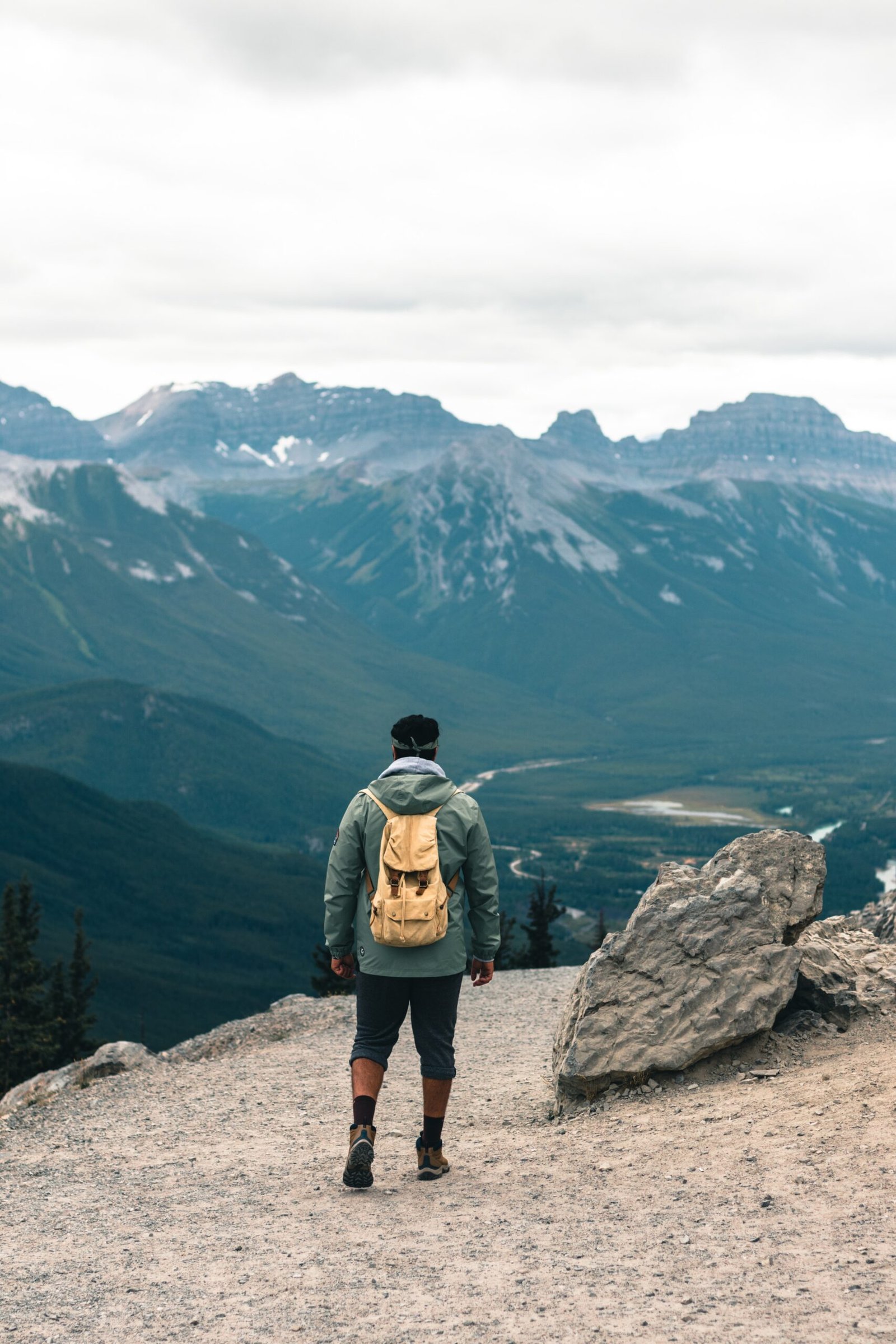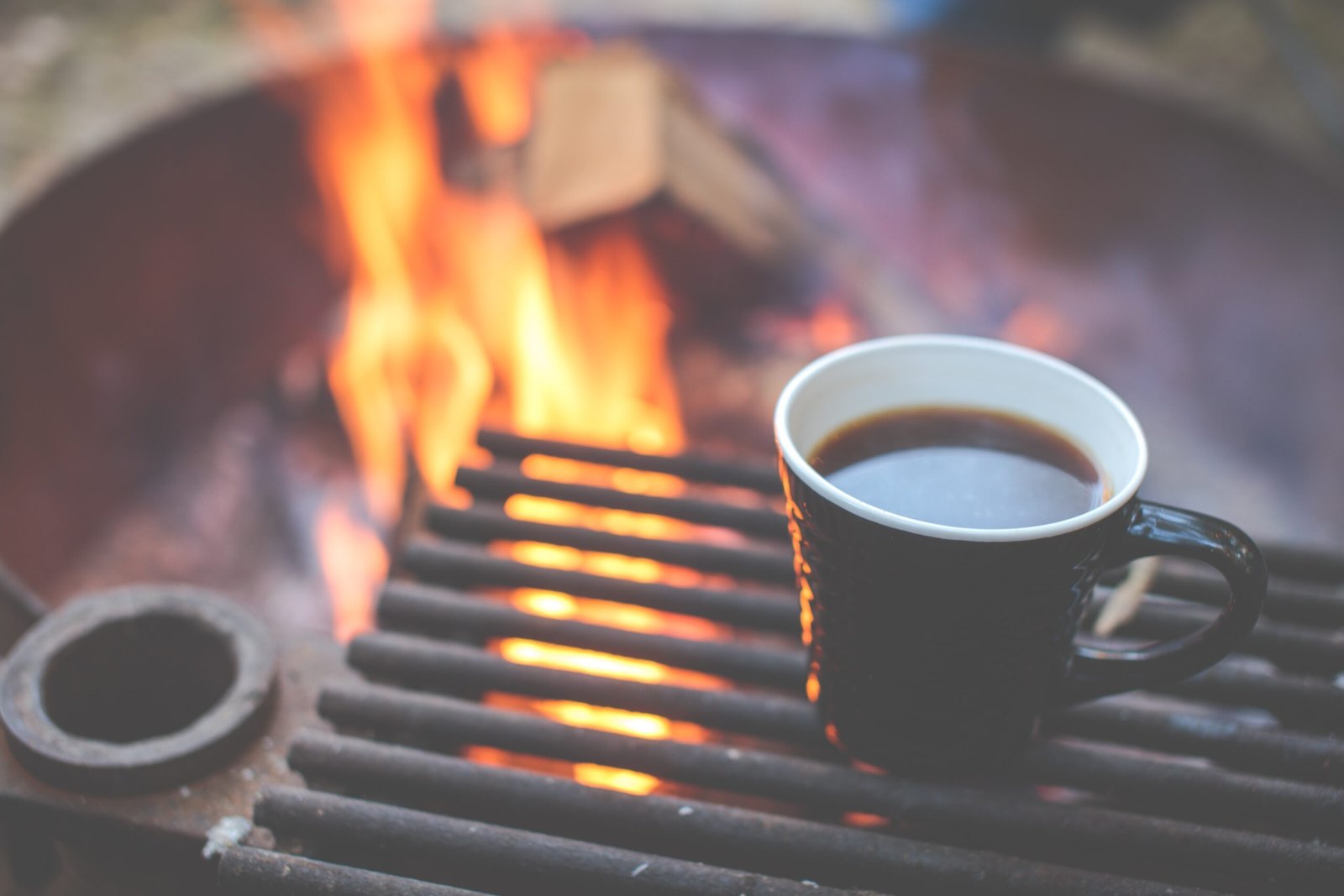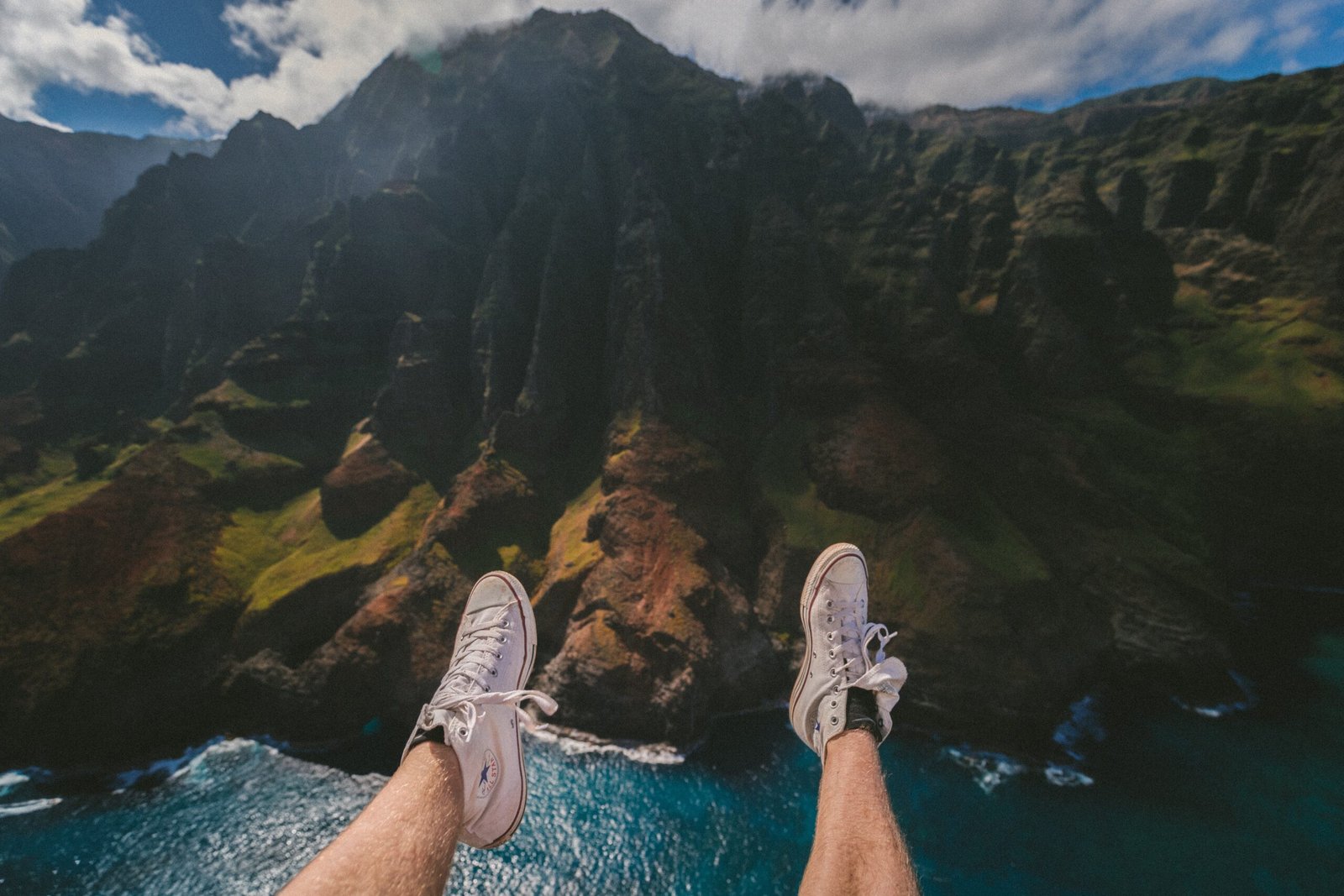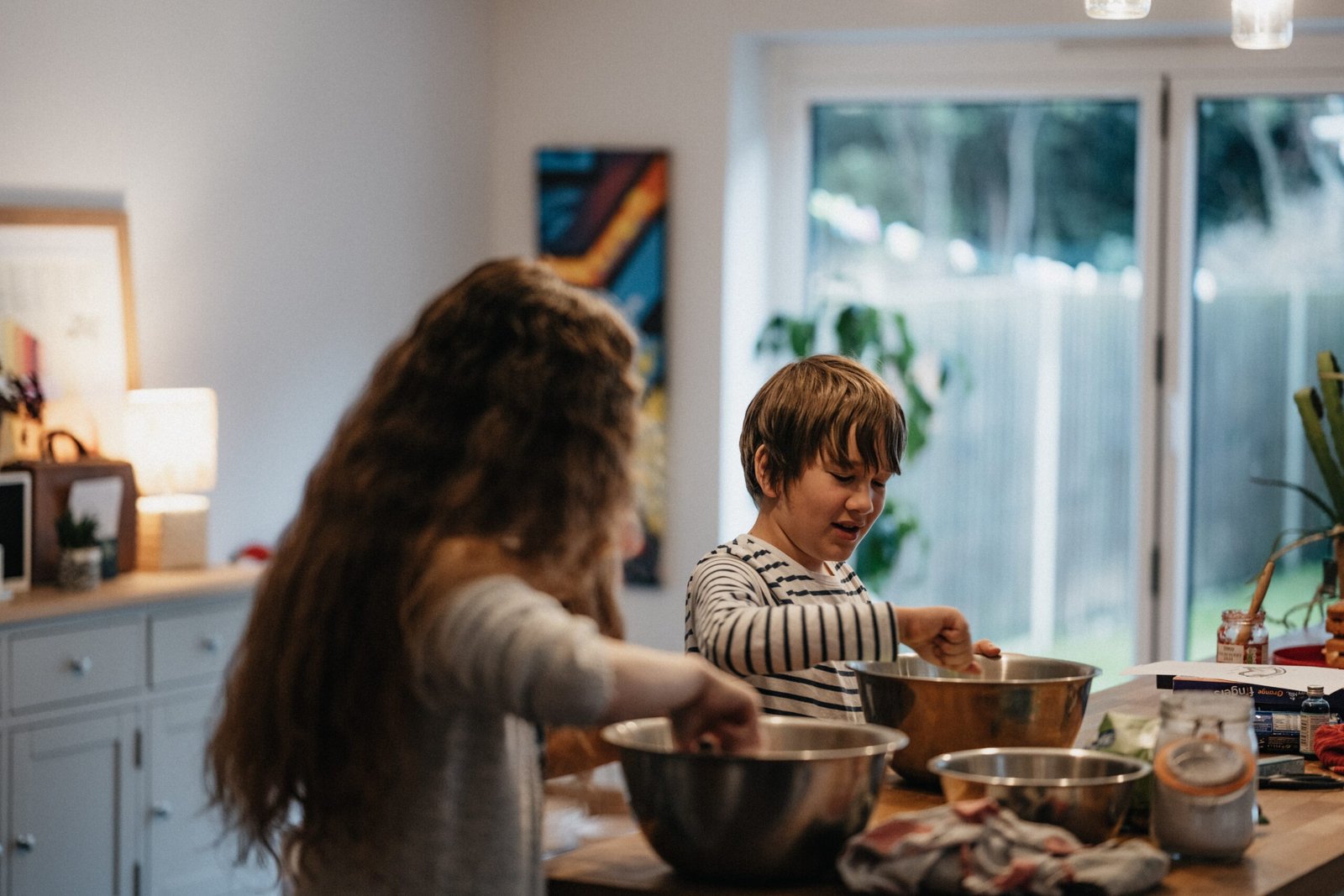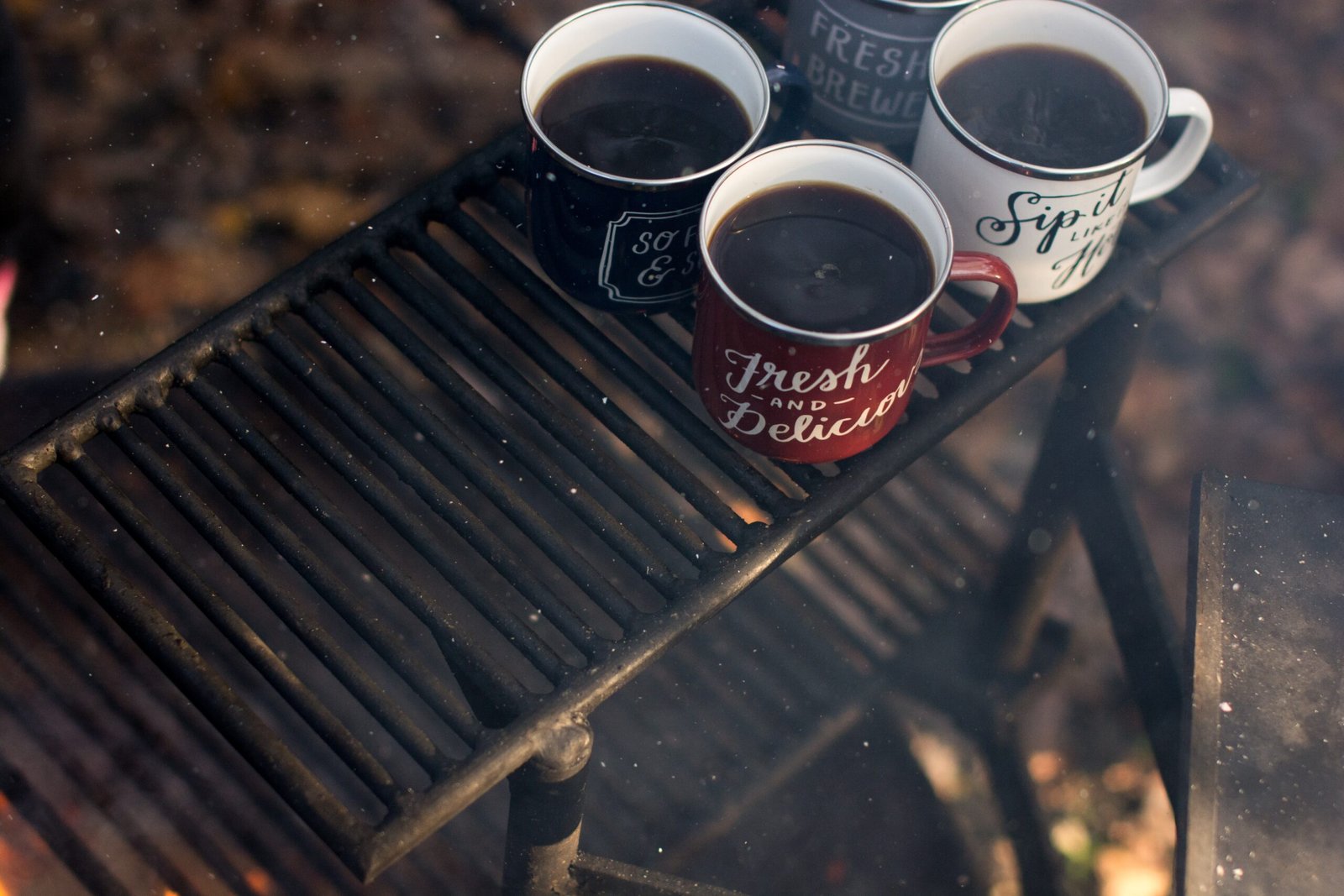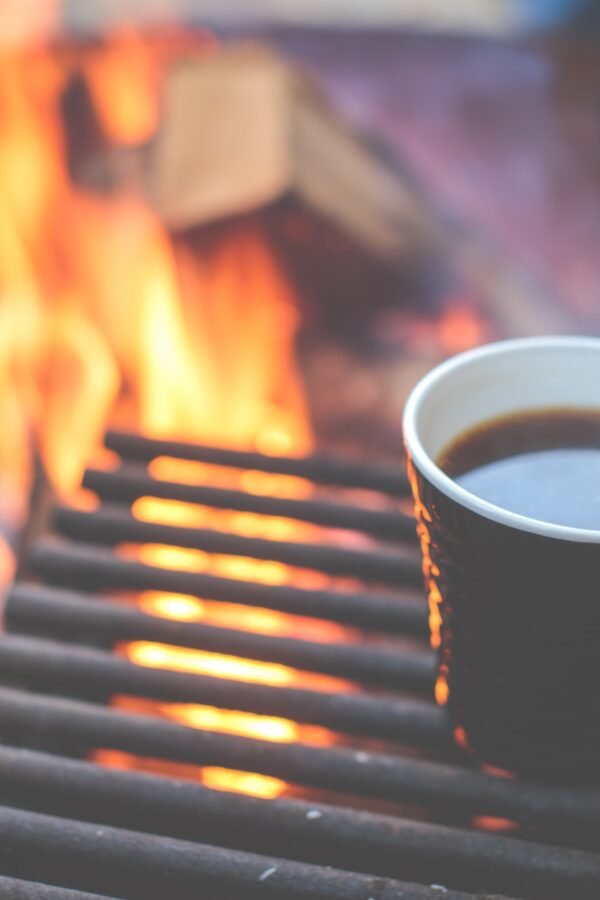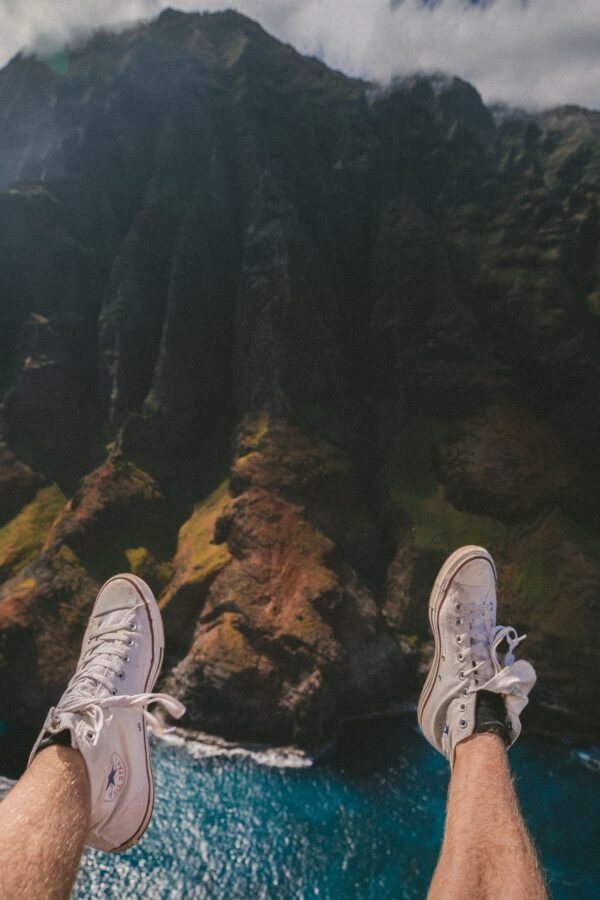Are you ready to embark on a thrilling camping adventure? Look no further, as Tutti Camping is here to guide you through the enchanting world of packing a camping backpack. Whether you’re a seasoned camper or a beginner, our expert tips and tricks will ensure that you have everything you need for a successful outdoor experience. From choosing the right gear to organizing your essentials efficiently, this article will be your ultimate companion on your camping journey. So, let’s dive in and unlock the secrets of packing a camping backpack like a pro!
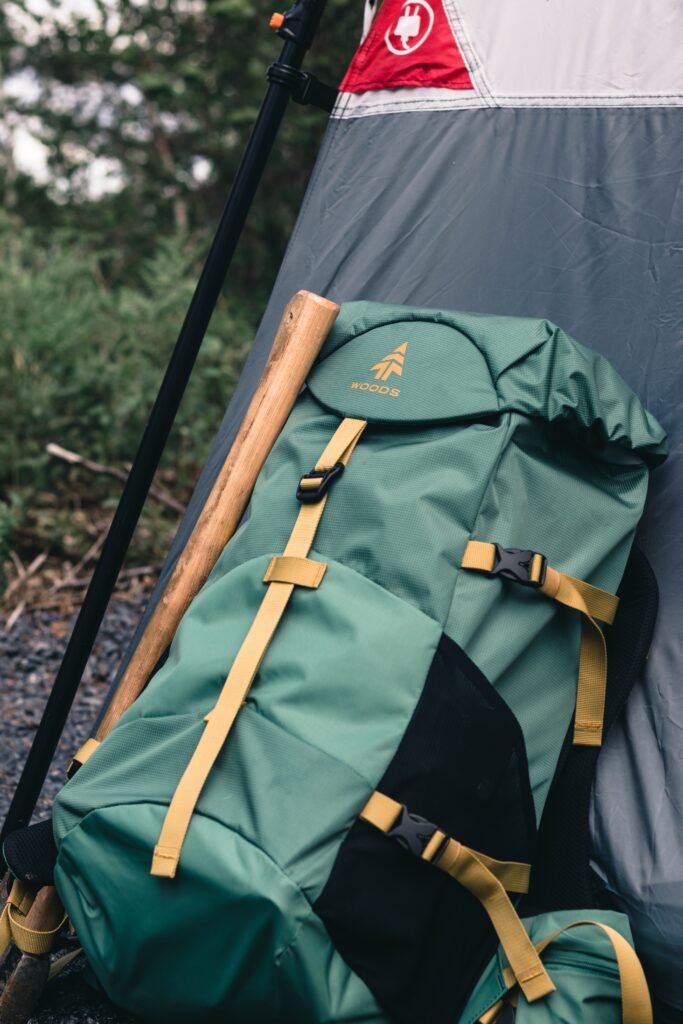
Essential Equipment
Choosing a Backpack
When it comes to choosing a backpack for your camping adventures, it’s important to find one that fits you well and suits your needs. Consider the size, weight, and features when making your decision. Look for a backpack that has a comfortable hip belt and adjustable shoulder straps to ensure a proper fit. Additionally, opt for a backpack with enough compartments and pockets to help you stay organized. Take the time to try on different backpacks and test them out before making your final selection.
Sleeping Bag and Sleeping Pad
A good night’s sleep is essential when camping, and the right sleeping bag and sleeping pad can make all the difference. Choose a sleeping bag that is appropriate for the weather conditions you will be camping in. Consider factors such as temperature ratings and insulation types. Similarly, select a sleeping pad that provides adequate comfort and insulation from the ground. Foam pads are lightweight and offer good insulation while inflatable pads provide additional cushioning.
Tent
Your tent will be your shelter during your camping trip, so it’s important to choose one that suits your needs. Consider the size, weight, and seasonality of the tent. If you’re traveling with a group, opt for a larger tent that offers enough space for everyone. Additionally, make sure the tent is easy to set up and durable enough to withstand the elements. Look for features such as a rainfly and a vestibule for added protection and storage.
Cooking Gear
Having the right cooking gear can make meal preparation a breeze while camping. Look for a lightweight stove that is easy to use and fuel-efficient. Consider the type of fuel the stove requires and how long it will last. Additionally, invest in a set of durable cookware that is compact and lightweight for easy packing. Don’t forget to pack essential utensils, plates, and cups. Consider bringing a portable water filter or purifier to ensure access to clean drinking water.
First Aid Kit
A well-stocked first aid kit is a must for any camping trip. It should include basic medical supplies such as bandages, gauze, adhesive tape, antiseptic wipes, and pain relievers. Additionally, consider including items specific to your needs such as insect repellent, sunscreen, and any necessary prescription medications. Be sure to check your first aid kit regularly and replenish any items that have been used or expired.
Lighting
Proper lighting is essential for navigating your campsite and performing tasks at night. Consider bringing a headlamp or flashlight to provide hands-free lighting. Look for a lightweight and durable option that offers different brightness settings. Additionally, consider bringing extra batteries or a portable charger to ensure your lighting source stays powered throughout your trip.
Hydration System
Staying hydrated is crucial when camping, especially during outdoor activities and hot weather. Consider investing in a hydration system such as a hydration bladder or water bottles with built-in filters. These systems make it easy to access and purify water while on the go. Be sure to pack enough water for your trip and regularly refill your hydration system when needed.
Organizing Your Gear
Grouping Similar Items
When packing your backpack, it’s helpful to group similar items together. This makes it easier to locate and access what you need when you’re out on the trail. For example, keep your cooking gear, first aid kit, and toiletries in separate bags or pouches. This way, you know exactly where to find these essential items when you need them.
Creating Compartments
Utilizing compartments within your backpack helps to keep your gear organized and prevents it from shifting around during your hike. Many backpacks come with built-in compartments, but you can also use packing cubes or stuff sacks to create additional divisions. This allows you to separate your clothing, food, and equipment, making it easier to find what you need without having to unpack everything.
Utilizing Pockets and Loops
Take advantage of the pockets and loops on your backpack to store smaller items that you need quick access to. Use the side pockets for water bottles or snacks and the hip belt pockets for items like a compass or lip balm. Additionally, utilize any external loops or attachment points for securing items such as trekking poles or a sleeping pad.
Keeping Heavy Items Close to Your Back
When packing your backpack, it’s important to distribute the weight evenly to maintain balance and stability. Place heavier items, such as your tent or cooking gear, close to your back. This helps to keep your center of gravity low and prevents the backpack from pulling you backward. Lighter items should be packed closer to the outside of the pack to avoid unnecessary strain on your back.
Packing Tips
Start with Your Sleeping Bag
When packing your backpack, start with your sleeping bag as it is one of the bulkier items. Stuff it into the bottom compartment or the bottom of your pack. Alternatively, you can use a compression sack to reduce its size and make it easier to pack.
Pack Bulky Items Near the Bottom
To ensure stability and balance, pack bulky items like your sleeping pad and extra clothing at the bottom of your backpack. This helps to keep the weight centered and prevents it from shifting during your hike.
Place Heavy Items Centered and Vertical
When packing heavy items such as cooking gear or water containers, try to place them in the center of your backpack and in a vertical position. This helps to maintain balance and prevents the weight from pulling you backward or to one side.
Reserve Top Space for Light Items
Leave the top section of your backpack for lighter items such as clothing, rain gear, or a lightweight jacket. This allows for easier access to these items without having to dig through your entire pack.
Utilize Empty Spaces
Use any empty spaces within your backpack to maximize storage. Fill gaps with smaller items like socks or a hat. You can also stuff a jacket or rain gear into the gaps to create additional padding.
Secure Loose Straps
Make sure to secure any loose straps on your backpack. This not only prevents them from getting caught on branches or other objects but also helps to maintain a streamlined shape and prevents them from flapping around while hiking.
Balance the Load
When packing your backpack, aim for an even distribution of weight. Balance heavy items from side to side and adjust straps and compression straps to ensure stability and comfort. This helps to prevent strain on your back and allows for a more enjoyable hiking experience.
Waterproofing
Even if you’re not expecting rain, it’s important to waterproof your backpack and gear. Place items that need to stay dry, such as clothing or electronics, in waterproof stuff sacks or dry bags. You can also line the inside of your backpack with a waterproof liner or cover it with a rain cover to protect it from moisture.
Clothing Essentials
Layering System
When it comes to clothing for camping, the key is to dress in layers. This allows you to adjust your clothing as temperatures fluctuate throughout the day. Start with a base layer made of moisture-wicking material to keep you dry. Add a mid-layer for insulation, such as a fleece or down jacket. Finally, top it off with an outer layer to protect against wind, rain, or snow.
Clothing for Different Weather
When planning your camping trip, research the expected weather conditions for your destination. Pack clothing appropriate for those conditions, including warmer layers for cold weather or lightweight, breathable clothing for hot weather. It’s always a good idea to bring an extra set of clothing in case of unexpected changes in weather or if your current clothes get wet.
Extra Socks and Undergarments
Don’t forget to pack extra socks and undergarments. These items can get wet or sweaty during your hike, and having clean, dry replacements is essential for comfort and hygiene. Opt for moisture-wicking materials to help keep your feet dry and prevent blisters.
Appropriate Footwear
Choosing the right footwear for your camping trip is crucial. Look for hiking boots or trail shoes that provide good traction and ankle support. Break in your footwear before your trip to avoid discomfort or blisters. Consider the terrain you will be hiking on and choose footwear that is appropriate for those conditions.
Rain Gear
Even if rain isn’t in the forecast, it’s always a good idea to pack rain gear. A lightweight, waterproof jacket and pants can protect you from unexpected showers or wetter-than-expected trail conditions. Look for gear that is breathable to prevent sweat build-up and keep you comfortable.
Sun Protection
Protecting yourself from the sun is important while camping. Pack a wide-brimmed hat or a cap to shield your face and neck from the sun’s rays. Don’t forget to apply sunscreen with a high SPF rating to exposed skin. Sunglasses and lip balm with SPF are also essential for protecting your eyes and lips.
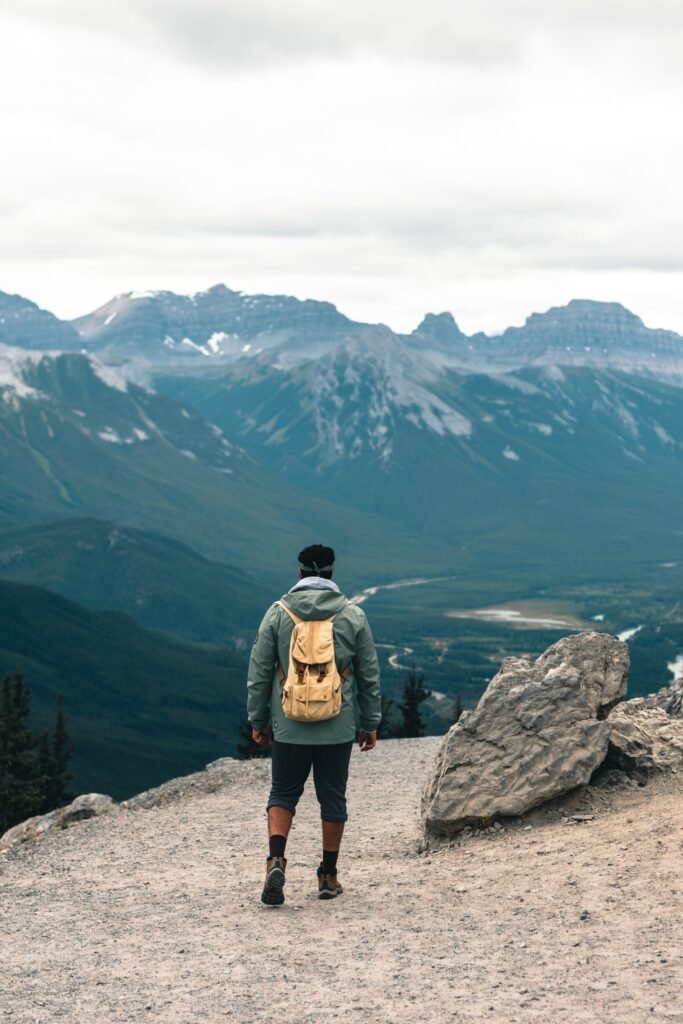
Food and Water
Meal Planning
Plan your meals ahead of time to ensure you have enough food for your camping trip. Consider the duration of your trip, the number of meals you need to prepare, and any dietary restrictions or preferences. Opt for lightweight and non-perishable food items that are easy to prepare. Pack items like energy bars, dehydrated meals, trail mix, and dried fruits.
Pack Lightweight and Non-Perishable Food
When it comes to packing food for your camping trip, prioritize lightweight and non-perishable options. These types of food are easy to pack and won’t spoil quickly. Avoid bringing heavy canned goods or perishable items that require refrigeration. Instead, opt for items like freeze-dried meals, instant oats, or individual packets of peanut butter.
Food Safety
Maintaining food safety is crucial when camping. Store your food in airtight containers or resealable bags to prevent any odors that may attract wildlife. Keep perishable items like meat or dairy products in a cooler with ice packs to maintain their freshness. If you’re camping in bear country, be sure to hang your food in a bear-resistant bag or use bear canisters to prevent any encounters with wildlife.
Water Sources
Identify the water sources available at your camping location. This could include nearby rivers, streams, or lakes. Consider the proximity of water sources to your campsite and plan accordingly. Keep in mind that water availability may vary depending on the season or weather conditions.
Water Purification Methods
It’s important to have a reliable water purification method to ensure access to clean drinking water. This can include methods such as using water filters, purifiers, or chemical treatments. Research the different options available and choose the method that suits your needs and preferences. Be sure to follow the instructions provided to properly purify your water and prevent any waterborne illnesses.
Emergency Preparedness
Knowledge of the Area
Before embarking on your camping trip, familiarize yourself with the area. Research the trails, landmarks, and potential hazards. Have maps, guidebooks, or GPS devices on hand to navigate your surroundings. Being knowledgeable about the area will help you make informed decisions and ensure your safety while camping.
Communication Devices
Having reliable communication devices is essential in case of emergencies. Carry a fully charged mobile phone, but keep in mind that you may not always have reception in remote areas. Consider investing in a satellite phone or a two-way radio for better communication options. If you do bring a mobile phone, save battery power by putting it on airplane mode or turning it off when not in use.
Emergency Shelter
In the event of an unexpected overnight stay or extreme weather conditions, having an emergency shelter can be a lifesaver. Pack a lightweight emergency tent or a bivy sack as a backup option. These shelters provide protection from the elements and help retain body heat.
Navigation Tools
Reliable navigation tools are crucial when camping. Carry a map, compass, or a GPS device to help you navigate your surroundings. Familiarize yourself with how to use these tools before your trip to ensure you can find your way back to camp or locate nearby landmarks.
Emergency Fire Starter
Having the ability to start a fire in emergency situations can be critical for warmth, cooking, and signaling for help. Pack waterproof matches, a lighter, or a fire starter kit. Additionally, consider bringing fire starter cubes or tinder for easier fire ignition in wet conditions.
Personal Locator Beacon
For added safety, consider bringing a personal locator beacon (PLB) with you. A PLB is a small device that, when activated, sends out a distress signal to emergency services. This can be a lifesaving tool in remote areas where cell phone reception is limited or unavailable.
Bear Safety
If you’re camping in bear country, it’s important to take precautions to minimize encounters with these animals. Research bear safety guidelines and carry bear spray with you. Make noise while hiking to alert bears of your presence, and properly store your food to prevent attracting them to your campsite. Be aware of your surroundings and remain vigilant at all times.
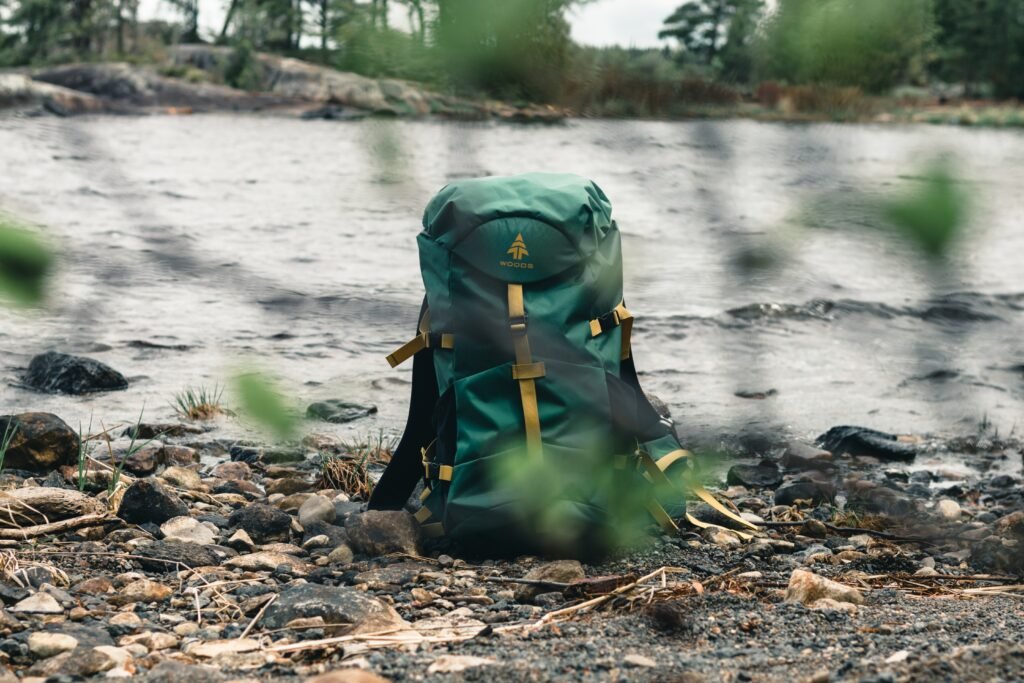
Additional Considerations
Weight Distribution
When packing your backpack, pay attention to the distribution of weight. Aim for a balanced load that feels comfortable and doesn’t put excessive strain on your back or shoulders. Adjust straps and compression straps as needed to achieve the proper weight distribution.
Personal Comfort
Everyone has their own preferences when it comes to camping comfort. Consider personal factors such as sleeping style, temperature tolerance, and dietary needs. Pack items that will make your camping experience more comfortable, such as a pillow, camp chair, or extra snacks.
Accessibility of Essential Items
Make sure essential items such as your map, compass, water, and snacks are easily accessible. Store these items in pockets or compartments that are within reach without having to unpack your entire backpack. This allows you to quickly access what you need while on the trail.
Seasonal Adjustments
Adjust your packing list based on the season and expected weather conditions. Pack warmer layers, extra insulation, and appropriate footwear for colder seasons. In warmer seasons, focus on lightweight, breathable clothing and extra sun protection.
Trail Etiquette
While out on the trail, it’s important to be respectful of other hikers and the environment. Follow trail etiquette guidelines such as yielding to uphill hikers, keeping noise levels down, and packing out any trash or waste. Respect wildlife and their habitat by observing from a distance and following any guidelines specific to the area.
Adjusting and Fitting Your Pack
Loosen All Straps
Before adjusting your backpack’s fit, start by loosening all the straps. This allows the backpack to easily mold to your body and provides a starting point for proper adjustments.
Adjust Shoulder Straps
Adjust the shoulder straps to ensure they are snug but not overly tight. They should comfortably distribute the weight of the backpack across your shoulders. Check that the shoulder straps are positioned on the top part of your shoulders and not digging into your neck or armpits.
Hip Belt Adjustment
The hip belt is responsible for supporting the majority of the backpack’s weight. Adjust the hip belt so that it rests comfortably on your hips and not on your waist or lower back. Buckle the hip belt and tighten it until it feels secure, but not too tight that it restricts your movement or breathing.
Tighten Compression Straps
Compression straps help to stabilize the load and prevent it from shifting while hiking. Tighten the compression straps on the sides and front of your backpack to compress the contents and create a streamlined shape. This helps to maintain balance and prevents the load from bouncing around.
Check for Comfort and Stability
After making adjustments to your backpack’s fit, walk around and test its comfort and stability. Make further adjustments as needed to ensure the load feels balanced and secure. Pay attention to any areas of discomfort or pressure points and make necessary modifications to enhance your comfort while hiking.
Practice and Test Your Packing
Set up a Mock Campsite
To perfect your packing skills, set up a mock campsite at home or in your backyard. Lay out all your camping gear and practice packing your backpack efficiently. This allows you to test different packing methods and see which one works best for you. Take note of any items you may have forgotten or any adjustments you need to make.
Test the Weight and Fit
Once you’ve packed your backpack, put it on and test the weight and fit. Take a short hike or walk around to see how it feels on your shoulders and back. This will give you an idea of whether the load is balanced and properly adjusted. Make any necessary modifications to ensure a comfortable fit for longer hikes.
Adjustments and Improvements
After testing your packing and getting hands-on experience, make adjustments and improvements. Take note of any items that were unnecessary or too bulky and remove them from your packing list. Consider investing in lightweight gear or alternative options that can help save space and weight. Regularly evaluate and improve your packing techniques to enhance your overall camping experience.
Conclusion
Mastering the art of packing a camping backpack is essential for an efficient and comfortable outdoor adventure. By carefully choosing your equipment, organizing your gear, and following packing tips, you can ensure that everything you need is safely stored and readily accessible. Pay attention to essential factors such as clothing, food, water, and emergency preparedness to stay comfortable and safe while camping. Regular practice, adjustments, and improvements will enable you to pack and hike with confidence, allowing you to fully enjoy the wonders of nature on your camping adventures. So pack up your backpack and embark on unforgettable camping experiences with Tutti Camping!

